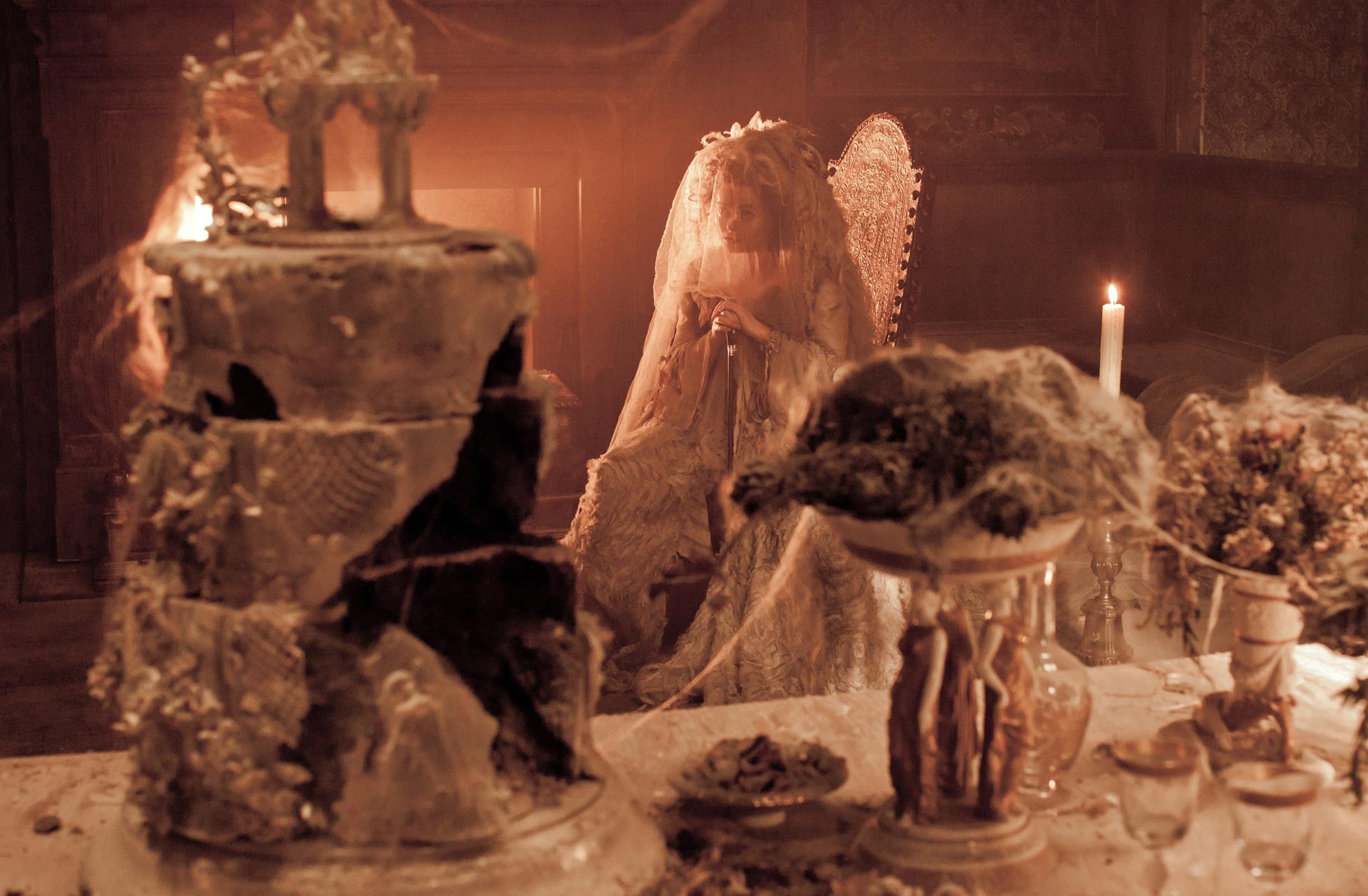BY MONIQUE QUINTANA
I’ve been simultaneously haunted and perplexed by the Miss Havisham character in Charles Dickens' novel Great Expectations. A woman who was abandoned by her fiancé on the wedding day, frozen in time, overcome with such immense sadness that she wears her wedding dress every day, in the hopes that her beloved will return to her. I first read the novel when I was an undergraduate English major in my early twenties, and I have to admit that I was quite taken with it, and to this day, it remains my favorite Dickens novel.
Via Birth.Movies.Death
Since the novel had originally been circulated in serial form, Great Expectations had all the appeal of a soap opera, which made it all the more appealing to me, since I grew up watching soap operas with the women in my family. There was murder, mystery, intrigue, a mysterious benefactor, but the pulse of the novel seems to be the love story. The protagonist, a young man named Pip, is desperately in love with Miss Havisham’s niece, Estella, but the love isn’t reciprocated because Havisham has tutored Estella to any possibility of genuine love.
Via Broadway World
Many of the women in Dickens’ novels don’t fare well, and Miss Havisham's no exception. She’s left to decay in her dress and in her own house, a dark mansion that has been depleted of any joy besides the love she feels towards Estella.
She teaches her to be cruel and a man crusher. Her white dress becomes more than just a white wedding dress. It’s a perpetual reminder of loss. It’s a push and pull, a contradiction. It’s the death of romance and the dream of domesticity, while at the same time, Miss Havisham becomes the epitome of the Victorian gothic figure and she becomes rooted in the domestic.
Miss Havisham and her wedding dress are all the things that I loathe and celebrate when it comes to gothic literature about women. There is vulnerability, but there is often decadence that leads to cruelty. I can see how Miss Havisham’s dress has become her shroud, yet there is an undeniable beauty in her wearing heartbreak every day of her life.
At New York’s 2011 Fashion Week, Georgina Chapman and Keren Craig, founder of the fashion house, Marchesa, put out a line inspired by Miss Havisham. There were to-the-sky collars around the face, gathered waists, and tulle in black, red, and muted hues. Here, two female designers claimed Miss Havisham as a muse and an icon, and this brought me to reexamine her power and beauty and the way we read fashion narratives through a feminist lens.
If Miss Havisham’s dress is not a feminist marker, it certainly alludes to the need for feminism in storytelling, and this may be why it feels so haunted. There is death and beauty and lingering questions waiting to be answered.
Monique Quintana is a contributing writer at Clash Media and Senior Beauty Editor at Luna Luna Magazine. She holds an MFA in Creative Writing from CSU Fresno, and her work has appeared in Huizache, Bordersenses, and The Acentos Review, among other publications. She is a member of the Central Valley Women Writers Color Collective and teaches English at Fresno City College.



































